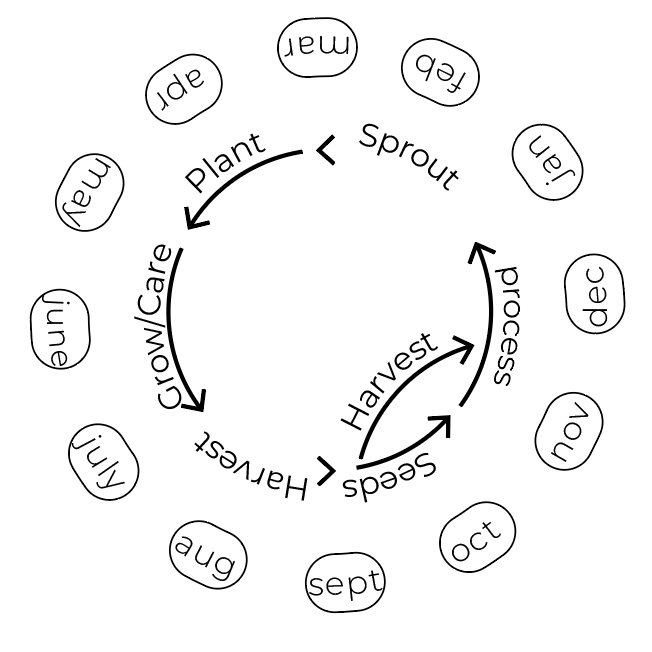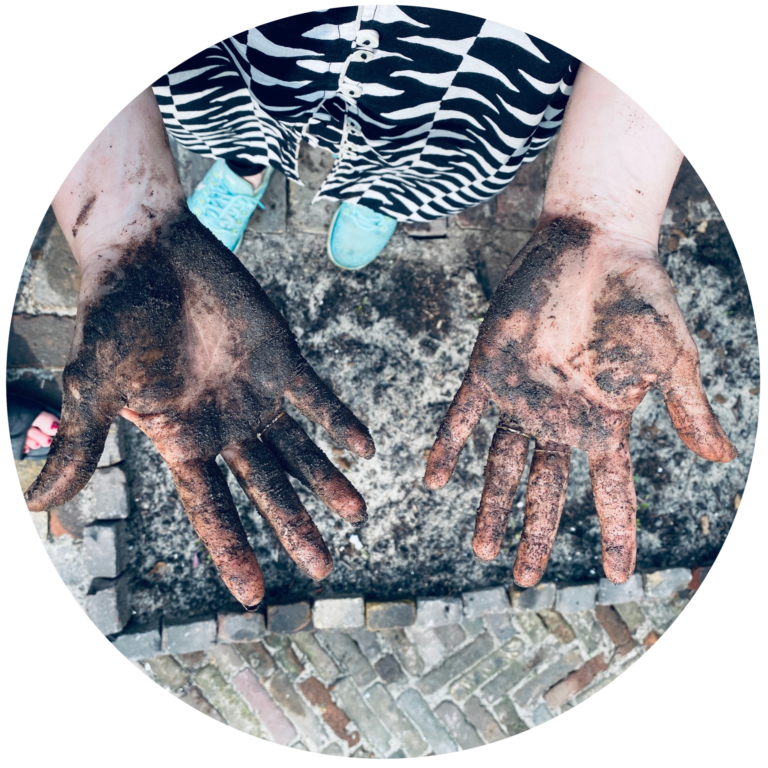Systems are the invisible works that structure our society. They impact and shape the way we live and how we relate to matter, actors and the urban fabric. When looking at natural resources for textiles dyeing from a systemic view, the complexity of human and natural cycles come to light so clearly, that the need and urgency of change becomes imposing.
The planet’s natural cycles have a pace immutable by the human necessities of shorter time, smaller space and higher demands. When we try to produce more and faster – we lose the connection to these planetary cycles and often opt for synthetic to man-made cycles that are not in line with the planetary boundaries and natural flows. It’s a recipe for disaster.
Human demands may be growing constantly, but an extractive culture fosters and encourages the mainstreaming of certain crops, depleting resources and giving preference to non-natural, lab-made materials. But they are nonetheless to happen on the same planet that holds immutable and perfectly balanced cycles, that start and end with compostable materials that do not harm the planet itself but are rather part of larger cycles.
In Local Color, we look at how actors and cycles can come together to fulfil human demands while acknowledging natural opportunities in the urban environment. What is necessary to live in balance with the planet and its inhabitants and their needs, which practices require facilitation and which exemplary initiatives are already working towards a creative and locally productive city?


